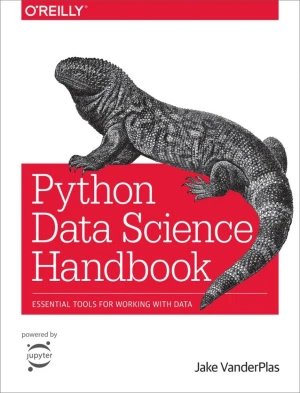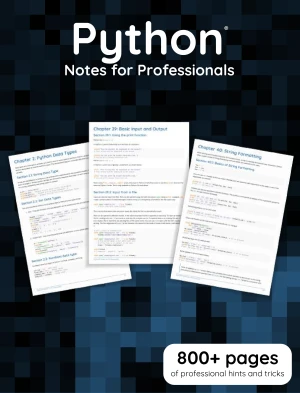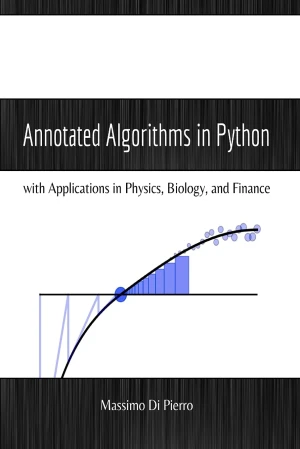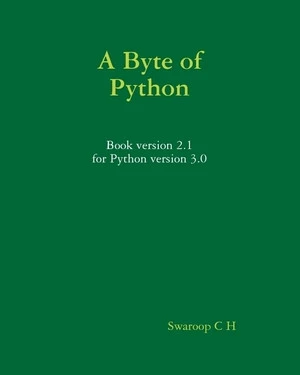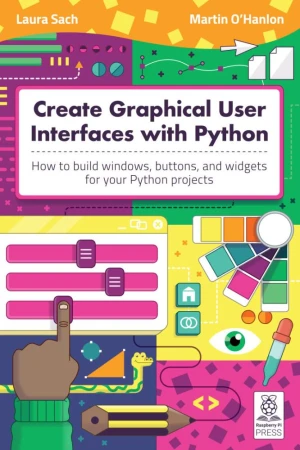Biopython: Tutorial and Cookbook
Python Tools for Computational Molecular Biology
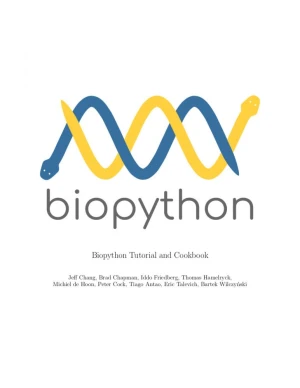
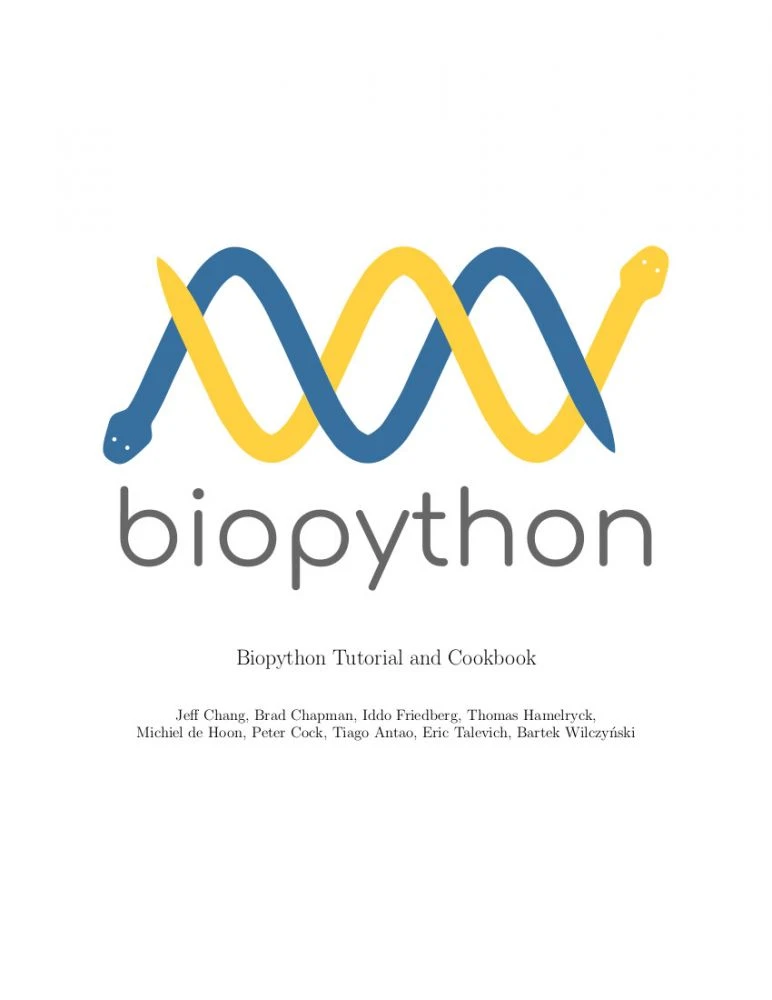
Book Details
| Authors | Jeff Chang, Brad Chapman, Iddo Friedberg, Thomas Hamelryck, Michiel de Hoon, Peter Cock, Tiago Antao, Eric Talevich, Bartek Wilczyński |
| Published | 2024 |
| Edition | 1st |
| Paperback | 445 pages |
| Language | English |
| License | Open Access |
Book Description
Biopython is a collection of freely available Python modules for computational molecular biology. Python is an object oriented, interpreted, flexible language that is widely used for scientific computing. Python is easy to learn, has a very clear syntax and can easily be extended with modules written in C, C++ or FORTRAN. Since its inception in 2000, Biopython has been continuously developed and maintained by a large group of volunteers worldwide.
Biopython includes parsers for various bioinformatics file formats (BLAST, Clustalw, FASTA, Genbank, …), access to online services (NCBI, Expasy, …), a standard sequence class, sequence alignment and motif analysis tools, clustering algorithms, a module for structural biology, and a module for phylogenetics analysis.
This book is published as open-access, which means it is freely available to read, download, and share without restrictions.
If you enjoyed the book and would like to support the author, you can purchase a printed copy (hardcover or paperback) from official retailers.
Download and Read Links
Share this Book
[localhost]# find . -name "*Similar_Books*"
Python Data Science Handbook
For many researchers, Python is a first-class tool mainly because of its libraries for storing, manipulating, and gaining insight from data. Several resources exist for individual pieces of this data science stack, but only with the Python Data Science Handbook do you get them all - IPython, NumPy, Pandas, Matplotlib, Scikit-Learn, and other relate
Python Notes for Professionals
The Python Notes for Professionals book is compiled from Stack Overflow Documentation, the content is written by the beautiful people at Stack Overflow.
Annotated Algorithms in Python, 2nd Edition
This open book is assembled from lectures given by the author over a period of 10 years at the School of Computing of DePaul University. The lectures cover multiple classes, including Analysis and Design of Algorithms, Scientific Computing, Monte Carlo Simulations, and Parallel Algorithms. These lectures teach the core knowledge required by any sci
Hacking Secret Ciphers with Python
There are many books that teach beginners how to write secret messages using ciphers. There are a couple books that teach beginners how to hack ciphers. As far as I can tell, there are no books to teach beginners how to write programs to hack ciphers. This book fills that gap. This book is for complete beginners who do not know anything about encry
A Byte of Python
Python is one of those rare languages which can claim to be both simple and powerful. You will find yourself pleasantly surprised to see how easy it is to concentrate on the solution to the problem rather than the syntax and structure of the language you are programming in. A Byte of Python is a free book on programming using the Python language. I
Create Graphical User Interfaces with Python
Add buttons, boxes, pictures and colours and more to your Python programs using the guizero library, which is quick, accessible, and understandable for all. This 156-page book is suitable for everyone, from beginners to experienced Python programmers who want to explore graphical user interfaces (GUIs). There are ten fun projects for you to create,

